1. McDonald’s McDLT
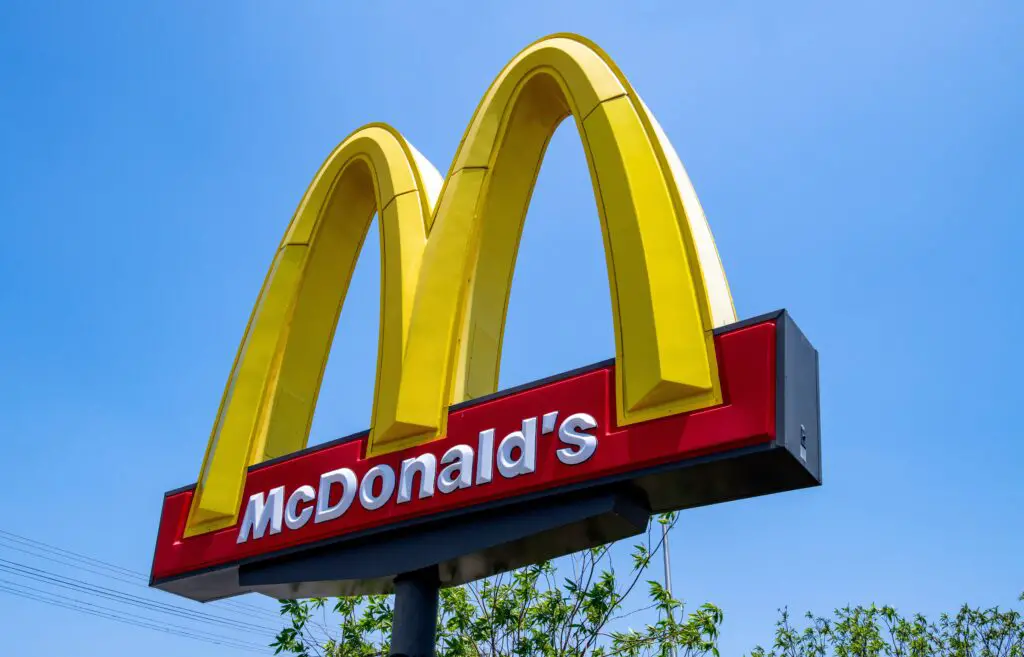
In the ’80s, McDonald’s thought they cracked the code for a better burger with the McDLT, short for “McDonald’s Lettuce and Tomato.” It came in a two-sided Styrofoam container that kept the hot patty on one side and the cold toppings on the other, so you could “keep the hot side hot, and the cool side cool.” It sounded genius at the time, especially in their catchy commercial starring a young Jason Alexander. Unfortunately, it didn’t age well once people realized how wasteful all that packaging was.
By the early ’90s, environmental concerns caught up to the golden arches, and the McDLT was quietly phased out. Still, for those who remember it, the ritual of assembling your own burger was oddly satisfying. It was like a DIY meal before “build-your-own” became trendy. The sandwich itself was fine, but it’s the quirky packaging that keeps it memorable.
2. Burger King’s Dinner Baskets

In 1992, Burger King tried to go fancy with their “Dinner Baskets.” You could order fried shrimp, steak sandwiches, or chicken served in baskets with fries and even coleslaw. To make it feel classier, they offered table service after 4 PM, complete with real plates and silverware. It was an ambitious swing for a place better known for drive-thru burgers.
The concept didn’t last long because fast food customers didn’t exactly want to wait for their meal to be served. Plus, it slowed down operations and confused everyone who just wanted a Whopper. But for a brief time, Burger King felt more like a diner than a burger joint. Some fans still remember the baskets fondly as a weird but charming era in fast food history.
3. Taco Bell’s Bell Beefer

Taco Bell once sold a sloppy joe-style sandwich called the Bell Beefer, which sounds like a prank but was absolutely real. It was basically seasoned taco meat on a hamburger bun, topped with lettuce, cheese, and sauce. In the ’70s and ’80s, the chain was trying to expand beyond tacos and thought this would lure burger lovers. It didn’t quite work.
Fans who remember it insist it was delicious and want it back, but it vanished in the ’90s when Taco Bell doubled down on tacos and burritos. The Bell Beefer has since achieved cult status online, with nostalgia groups still trading homemade recipes. It’s a reminder that not every taco needs a shell, but maybe it should have one.
4. McDonald’s Arch Deluxe

Marketed as a “grown-up burger” in the mid-’90s, the Arch Deluxe was McDonald’s attempt to attract adults with more sophisticated tastes. It had peppered bacon, dijon-style mustard, and a potato bun, all wrapped in serious advertising that made fun of kids not liking it. The campaign cost millions, but people weren’t convinced McDonald’s could be gourmet.
In the end, it became one of the biggest flops in fast food history. The taste wasn’t bad, but the message missed the mark—adults didn’t need convincing to eat McDonald’s, they just wanted better food. Despite that, the Arch Deluxe is remembered fondly as a rare moment when the chain tried something ambitious. It’s since become a case study in over-marketing.
5. Wendy’s SuperBar
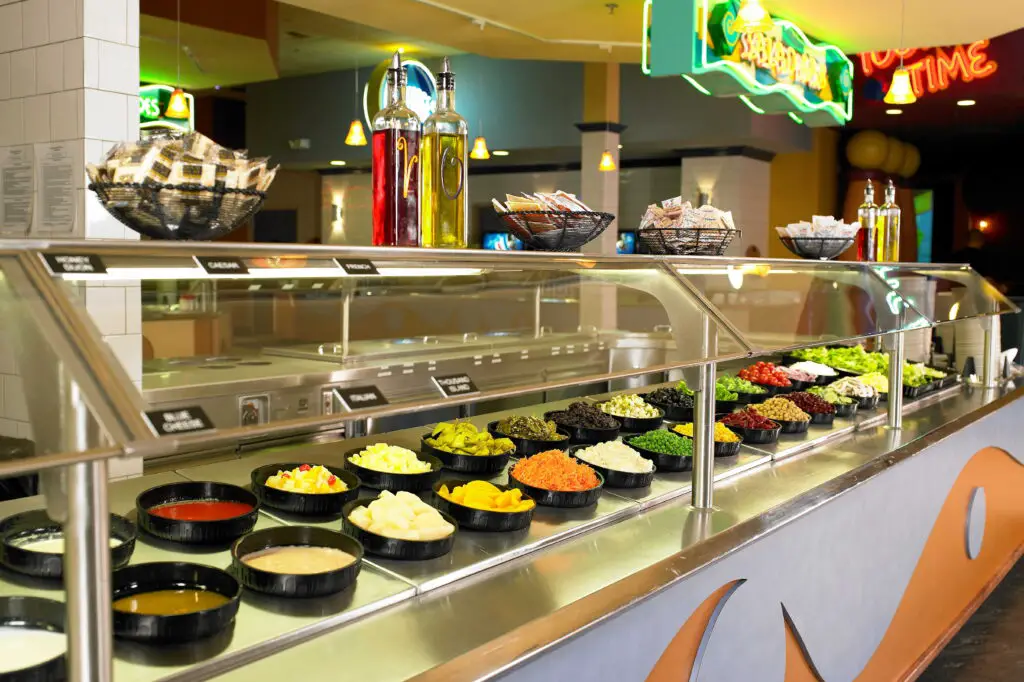
In the late ’80s, Wendy’s added all-you-can-eat salad, pasta, and taco bars called the SuperBar. It turned a quick burger joint into something that resembled a mini buffet. You could pile your plate high with spaghetti, pudding, and chili, all for a few bucks. It was an odd but beloved mix of fast food and family dining.
The problem was that it was messy, labor-intensive, and expensive to maintain. By the late ’90s, it was gone from every location. Still, the SuperBar lives on in nostalgic memory for Gen Xers who loved making taco salads next to their chicken nuggets. It was weird, but it made Wendy’s feel like an event instead of just a lunch stop.
6. Pizza Hut’s Priazzo
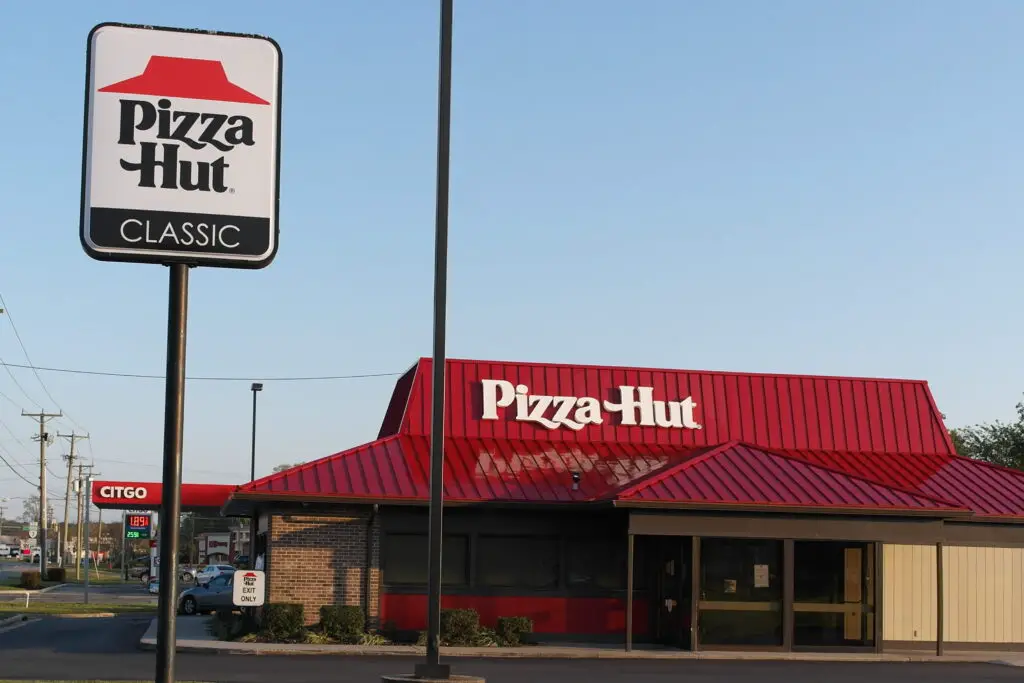
In the mid-’80s, Pizza Hut tried its hand at “Italian authenticity” with the Priazzo, a deep-dish, multi-layered pie stuffed with meats, cheeses, and sauce. It looked like a pizza crossed with a lasagna and took nearly 45 minutes to bake. That kind of wait time didn’t exactly fit the fast food model.
Though it was delicious, it was also pricey and complicated to make. Customers weren’t patient enough to wait that long, and kitchen staff dreaded making them. Eventually, Pizza Hut pulled it from the menu, but fans still talk about it like a lost treasure. The Priazzo proved that sometimes being “too good” doesn’t mean it’ll last.
7. McDonald’s Onion Nuggets

Before Chicken McNuggets, there were Onion Nuggets—deep-fried chunks of battered onion served in the ’70s. They were an early experiment in bite-sized finger food, long before nuggets became a phenomenon. The flavor was kind of like onion rings, but chunkier and greasier. Kids either loved them or hated them.
They didn’t stick around, possibly because the onion flavor was a little too intense for most people. Still, it’s funny to think McDonald’s once tried to make onions the star of the show. The concept eventually evolved into Chicken McNuggets, which became a massive hit. So in a way, Onion Nuggets walked so McNuggets could run.
8. KFC’s Double Down
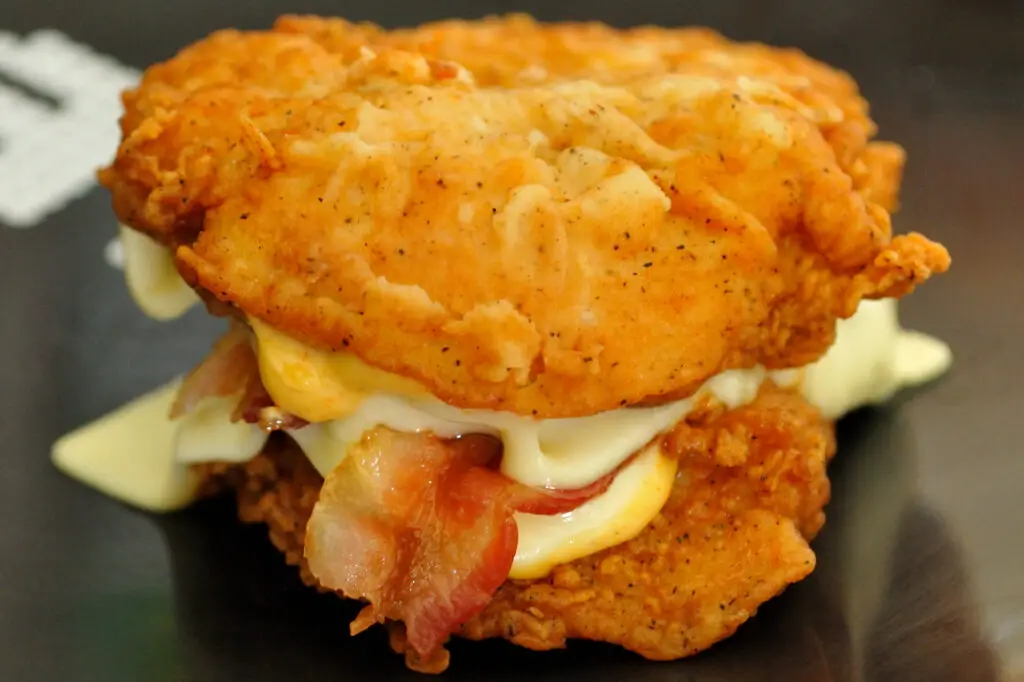
When KFC announced a sandwich made of two fried chicken fillets instead of buns, people thought it was a joke. But the Double Down was real—and wildly popular for a short time. Between the chicken pieces were bacon, cheese, and a creamy sauce, making it one of the most over-the-top fast food creations ever.
Critics called it a “cardiac event on a plate,” but curiosity made it sell like crazy at first. After the novelty wore off, though, it quietly disappeared from menus. It occasionally makes comebacks as a limited-time stunt, and every time it does, people can’t resist ordering it “just once more.” It’s pure chaos in sandwich form.
9. Burger King’s Shake ’Em Up Fries
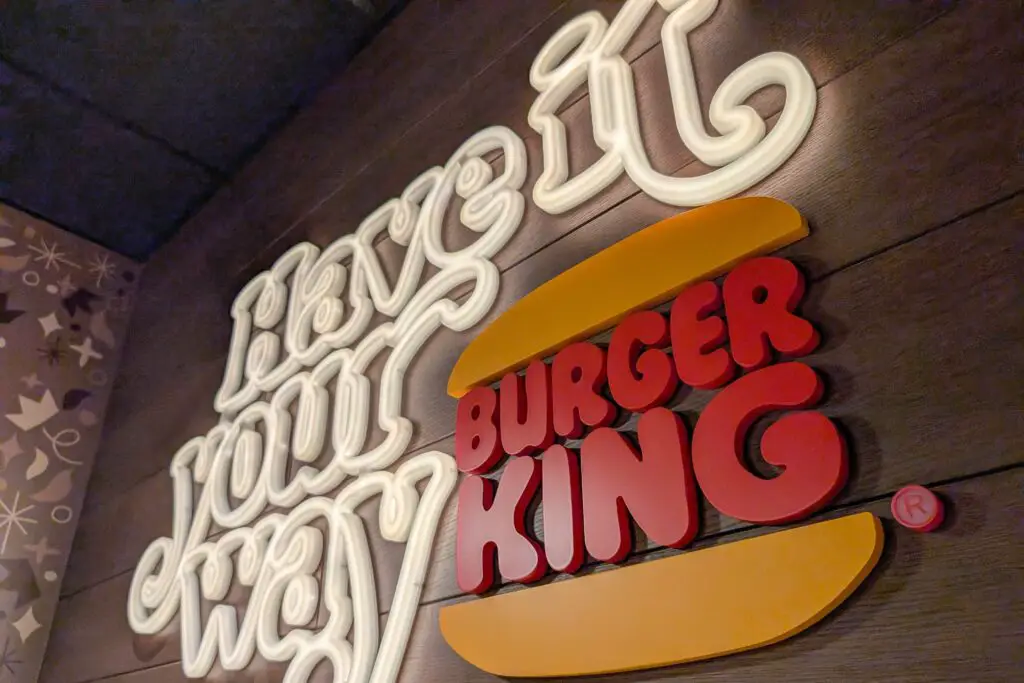
In the early 2000s, Burger King tried to make fries interactive. They came with a bag and a packet of flavored powder—cheese, ranch, or barbecue—that you’d dump in and shake yourself. It was like fast food met science experiment, and for kids, it was kind of thrilling.
But the gimmick didn’t have staying power, and the powder often clumped or made the fries soggy. Parents weren’t thrilled about the mess either. Still, it was one of those short-lived ideas that captured a moment in time when everything was about customization. You could say Shake ’Em Up Fries were ahead of their time, but barely.
10. McDonald’s Hula Burger
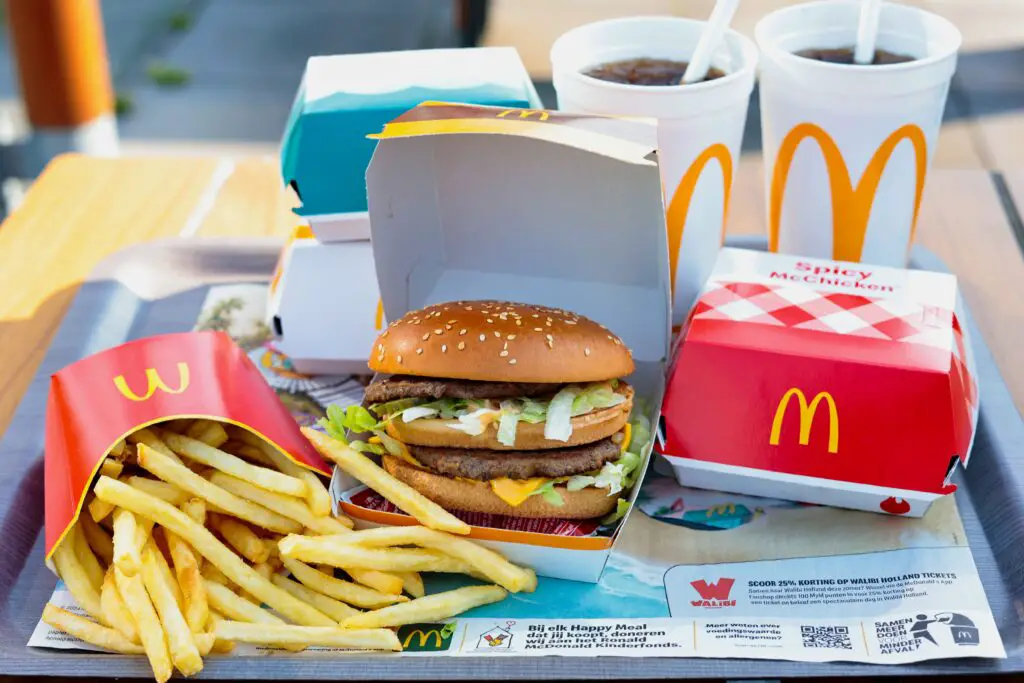
Ray Kroc, the man behind McDonald’s expansion, once thought a meatless burger would appeal to Catholics who abstained from meat on Fridays. His solution was the Hula Burger—a slice of grilled pineapple and cheese on a bun. It was introduced in the ’60s and immediately flopped.
It was quickly replaced by the Filet-O-Fish, which went on to become a permanent menu item. The Hula Burger, on the other hand, became a cautionary tale of what happens when good intentions meet bad taste combinations. Still, you’ve got to give McDonald’s credit for trying something different. Pineapple on pizza might divide people, but pineapple on a burger never stood a chance.
11. Taco Bell’s Seafood Salad

In 1986, Taco Bell rolled out a Seafood Salad to compete with McDonald’s Filet-O-Fish and Wendy’s salad bar craze. It contained shrimp, crab, and whitefish on a bed of lettuce with tomato and cheese. For a place known for tacos, it was a bold move.
Unfortunately, “seafood” and “fast food tacos” didn’t mix well in the public’s imagination. The salad didn’t last long, partly because people didn’t trust shrimp from Taco Bell. It was discontinued soon after, and no one really complained. Still, it’s a fascinating glimpse at how far chains were willing to go to expand their menus in the ’80s.
12. McDonald’s Pizza

Yes, McDonald’s once made pizza. In the late ’80s and early ’90s, they tested it in select locations with the hope of competing with Pizza Hut and Domino’s. It was a personal-sized pizza that cooked in about five minutes, which sounded fast enough for McDonald’s standards.
But the ovens slowed down kitchen operations, and franchisees hated how complicated it made things. Despite some customers loving it, the pizza eventually disappeared. Oddly enough, a few McDonald’s locations in Ohio and West Virginia kept serving it for years afterward. Those rare spots became pilgrimage sites for die-hard fans who refused to believe McDonald’s pizza was gone.
13. Jack in the Box’s Frings
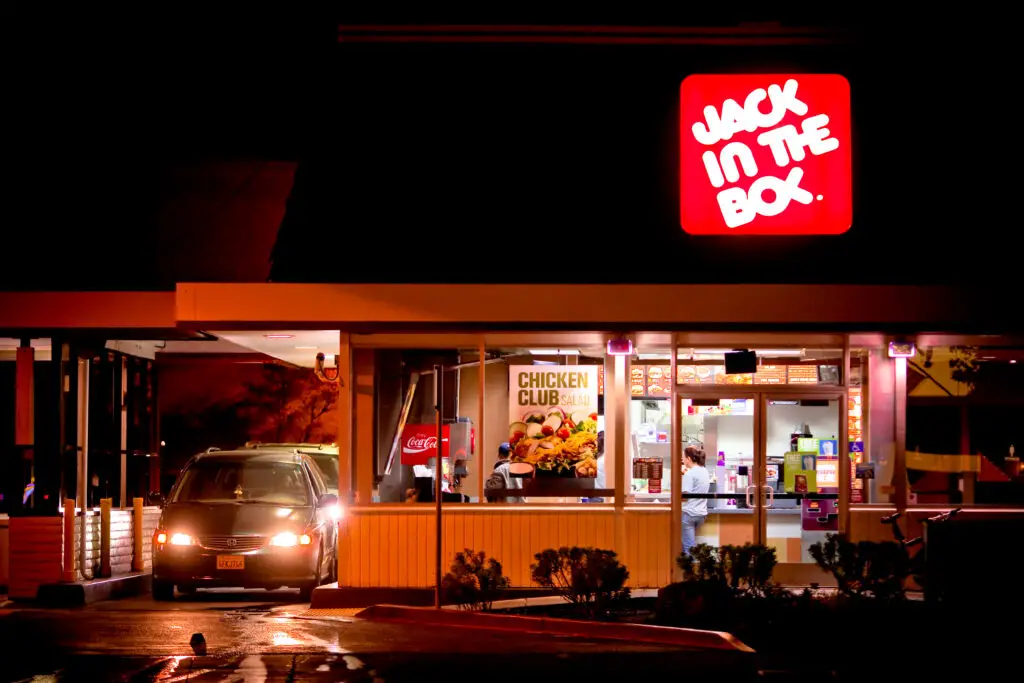
Jack in the Box tried to please everyone with “Frings,” a mix of fries and onion rings in one bag. It was a simple concept but weirdly satisfying for indecisive customers. You never knew which one you’d grab next, and that was part of the fun.
Eventually, the novelty wore off, and they quietly pulled it from the menu. But it still pops up in nostalgic fast food discussions as one of those “why don’t they bring that back?” items. It was cheap, clever, and oddly comforting. Sometimes the best ideas are the simplest, even if they don’t last.
14. Burger King’s Yumbo

Back in the ’70s, Burger King offered a hot ham and cheese sandwich called the Yumbo. It was their take on a deli-style sandwich before fast food chains like Subway were popular. It came wrapped in foil, warm and gooey, and actually had a bit of a following for a while.
But it eventually disappeared without much fanfare. In 2014, Burger King brought it back for a limited run, banking on nostalgia to drive sales. It didn’t stick around long that time either, but fans appreciated the throwback. Today, it feels more like a legend than a menu item, which is exactly what makes it fun to remember.
